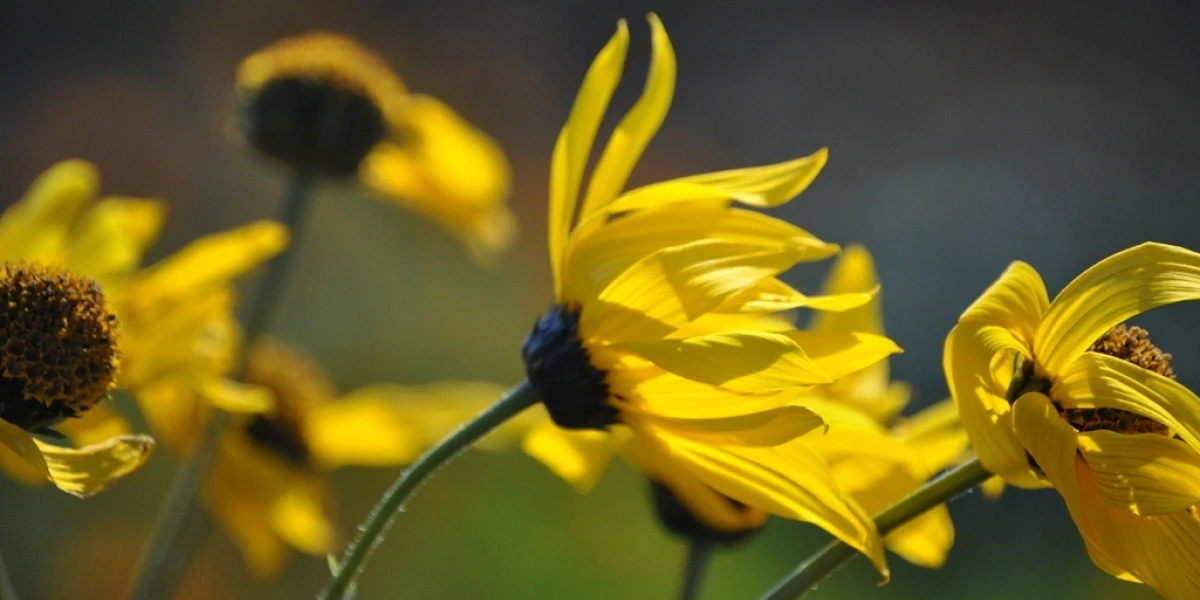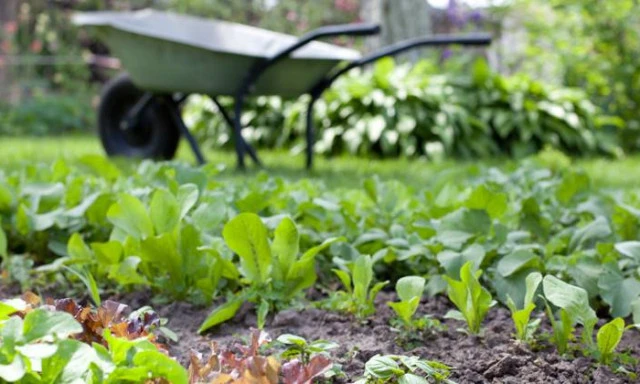Some Fascinating Facts About Flowers
Flowers are the seed-bearing parts of a plant, consisting of reproductive organs (stamens and carpels) that are often surrounded by brightly coloured petals.
- Sex with Flowers - Flowers evolved about 120 million years ago for better sexual reproduction. For maybe 400 million years plants on land did not have flowers. Non-flowering plants include mosses, ferns and conifers.
- Attractive Flowers - Many flowers attract pollinating insects by both visual ‘beauty’ and perfume. There are some patterns on flowers we cannot see because they are in the ultra-violet range that their pollinating insects can see.
- Hydrangea, the pH Flower - Hydrangeas have flowers of blue or pink. The colour changes with the pH of the soil; in general pH above 7.0 (alkaline) will promote pink flowers and pH between 6.0 and 7.0 will promote blue colours. But white hydrangeas will stay white as they lack the pigments involved.
- Tulip Mania - In Holland in 1637 there was a collapse of the value of tulips which was the bursting of a 'trade bubble'. The crash consequently bankrupted countless investors, cultivators and traders. The value of tulip bulbs had reached extraordinarily high levels on exchanges; worth more than gold!
- More Valuable than Gold - Saffron is today more valuable than gold. It is the stigma of a crocus flower.
- Saffron. - 100-150,000 Crocus plants are needed to produce 1 kg of saffron.
- Slippers for Foxes - Foxglove is an old English name, derived from the belief that foxes slipped their feet into the flowers of the plant to sneak up on prey.
- Sunflowers. - 'A sunflower' is actually a cluster of hundreds of flowers (inflorescence).
- Not all that Looks Like a Flower Is - The anthurium plant's inflorescence consists of a spadix (spike) and a spathe (a type of bract). The actual flowers are the little bumps on the spadix, not the colourful, conspicuous spathe, which is a bract or modified leaf.
- Nocturnal Flowers - Some flowers bloom at night to attract night-flying pollinators such as bats and moths. Night-blooming species include Moonflower (Ipomoea alba) and Angel’s Trumpet (Datura inoxia).
David Brittain
Kiwicare


